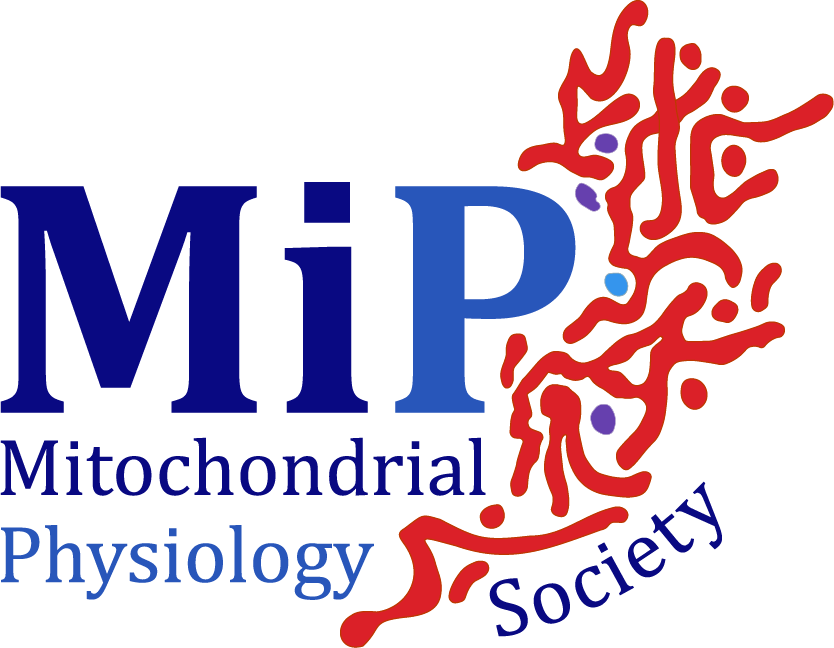Evaluation of hepatotoxic effects of acetaminophen on HepG2 cells by parallel real-time monitoring in a multi-sensor analysis platform for automated cell-based assays
DOI:
https://doi.org/10.26124/bec:2022-0006Keywords:
Label-free cell-based assays, oxygen consumption, extracellular acidification, cellular impedance, imaging, automation, hepatotoxicity, acetaminophenAbstract
The CYRIS® analysis platform is a multi-sensory approach to extract a large amount of information from a single cell-based assay automatically and in real-time. To demonstrate its capabilities, we performed an in vitro hepatotoxicity assay with acetaminophen and HepG2, with simultaneous monitoring of the key parameters oxygen consumption rate (OCR), extracellular acidification rate (ECAR), impedance, and microscopic imaging. After 12 hours prior treatment measurement, different concentrations of acetaminophen were tested over 24 hours, followed by 12 hours washout. The metabolic results showed a strong time- and dose-dependent change of OCR and ECAR through acetaminophen. Morphologic changes monitored by impedance and microscopic imaging underpin these metabolic effects. The washout of acetaminophen results in cellular regeneration in all parameters up to a concentration of 10 mM. The continuous measurement of OCR, ECAR, impedance, and microscopic imaging enables multiparametric monitoring of cellular metabolic responses due to acetaminophen in a single assay and provides an overall picture of its hepatotoxic effects.
Cite:
Heichler C, Nagy M, Wolf P (2022) Evaluation of hepatotoxic effects of acetaminophen on HepG2 cells by parallel real-time monitoring in a multi-sensor analysis platform for automated cell-based assays. Bioenerg Commun 2022.6. https://doi.org/10.26124/bec:2022-0006

Downloads
Additional Files
Published
License
Copyright (c) 2022 Christina Heichler, Márton Nagy, Peter Wolf

This work is licensed under a Creative Commons Attribution-NonCommercial-NoDerivatives 4.0 International License.



